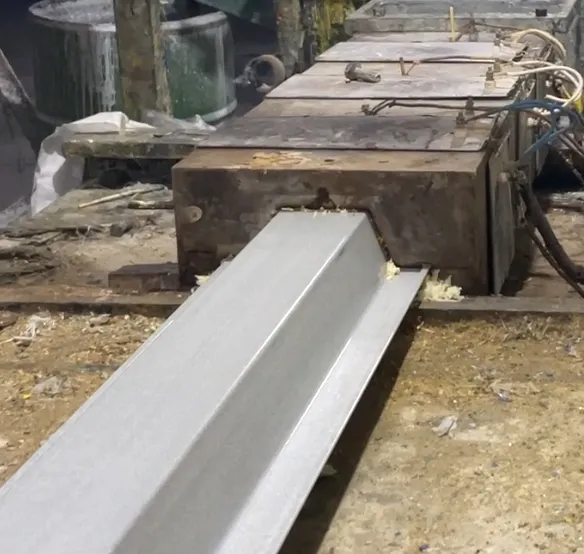loading...
- No. 9, Xingyuan South Street, Dongwaihuan Road, Zaoqiang County, Hengshui, Hebei, China
- admin@zjcomposites.com
- +86 15097380338
- Welcome to visit our website!
grp sectional water tanks prices
Understanding GRP Sectional Water Tanks and Their Pricing
When it comes to storing water for industrial, agricultural, or residential use, GRP (Glass Reinforced Plastic) sectional water tanks have established themselves as a reliable choice. Their design and material properties offer numerous advantages over traditional storage options, making them increasingly popular across various sectors. This article delves into the features of GRP sectional water tanks and outlines the factors that influence their pricing.
What are GRP Sectional Water Tanks?
GRP sectional water tanks are modular tanks made from glass-reinforced plastic. They are constructed from multiple sections that can be assembled on-site, making them an ideal solution for spaces where transportation and installation of a single large tank would be impractical. These tanks are typically used for potable water, fire-fighting systems, irrigation, and industrial processes.
One of the primary advantages of GRP tanks is their corrosion resistance. Unlike metallic tanks, which can rust over time, GRP tanks are impervious to moisture and chemicals. This characteristic ensures that the integrity of the water stored is maintained, which is crucial for health and safety. Additionally, GRP tanks are lighter than their concrete or steel counterparts, making them easier to handle and transport.
Factors Influencing Pricing
The pricing of GRP sectional water tanks varies significantly based on several key factors
1. Size and Capacity The most obvious factor affecting the price is the size of the tank. GRP sectional tanks come in various capacities, typically ranging from a few thousand liters to several hundred thousand liters. Larger tanks generally cost more due to the increased materials used and the complexity of installation.
grp sectional water tanks prices

2. Customization Options Many manufacturers offer customization options for GRP tanks, including insulation, lining, and specific design features to meet site conditions or regulatory requirements. Custom features can add to the base price, but they can also optimize tank performance and longevity.
3. Quality of Material The grade of materials used in manufacturing the GRP tank can influence the cost. Higher-quality resin and fiberglass may lead to a higher upfront price; however, they also provide better durability and resistance to environmental factors, which can lead to cost savings over time.
4. Installation Costs While GRP tanks are relatively easy to assemble, the installation process can still incur costs depending on the site conditions and the complexity of the tank layout. Factors such as the need for ground preparation, access to the site, and labor rates will impact overall pricing.
5. Location and Shipping The geographic location of the supplier and the subsequent shipping costs can also affect pricing. Transportation of large GRP sections may require special handling, so buyers located further from manufacturers may face higher logistical costs.
6. Manufacturer Reputation Established manufacturers with a strong reputation for quality and service typically charge a premium for their products. However, opting for a reputable supplier can ensure a higher level of customer support and product performance.
Conclusion
In summary, GRP sectional water tanks present an effective and versatile solution for a variety of water storage needs. Their advantages in terms of durability, corrosion resistance, and ease of installation make them a favored choice. However, when considering a purchase, it is essential to take into account the multiple factors that influence pricing, including size, customization options, and installation costs. Conducting thorough research and obtaining multiple quotes can help potential buyers make informed decisions, ensuring they invest in the most suitable water storage solution for their requirements.
-
The Rise of FRP Profiles: Strong, Lightweight, and Built to LastNewsJul.14,2025
-
SMC Panel Tanks: A Modern Water Storage Solution for All EnvironmentsNewsJul.14,2025
-
GRP Grating: A Modern Solution for Safe and Durable Access SystemsNewsJul.14,2025
-
Galvanized Steel Water Tanks: Durable, Reliable, and Ready for UseNewsJul.14,2025
-
FRP Mini Mesh Grating: The Safer, Smarter Flooring SolutionNewsJul.14,2025
-
Exploring FRP Vessels: Durable Solutions for Modern Fluid HandlingNewsJul.14,2025
-
GRP Structures: The Future of Lightweight, High-Performance EngineeringNewsJun.20,2025
